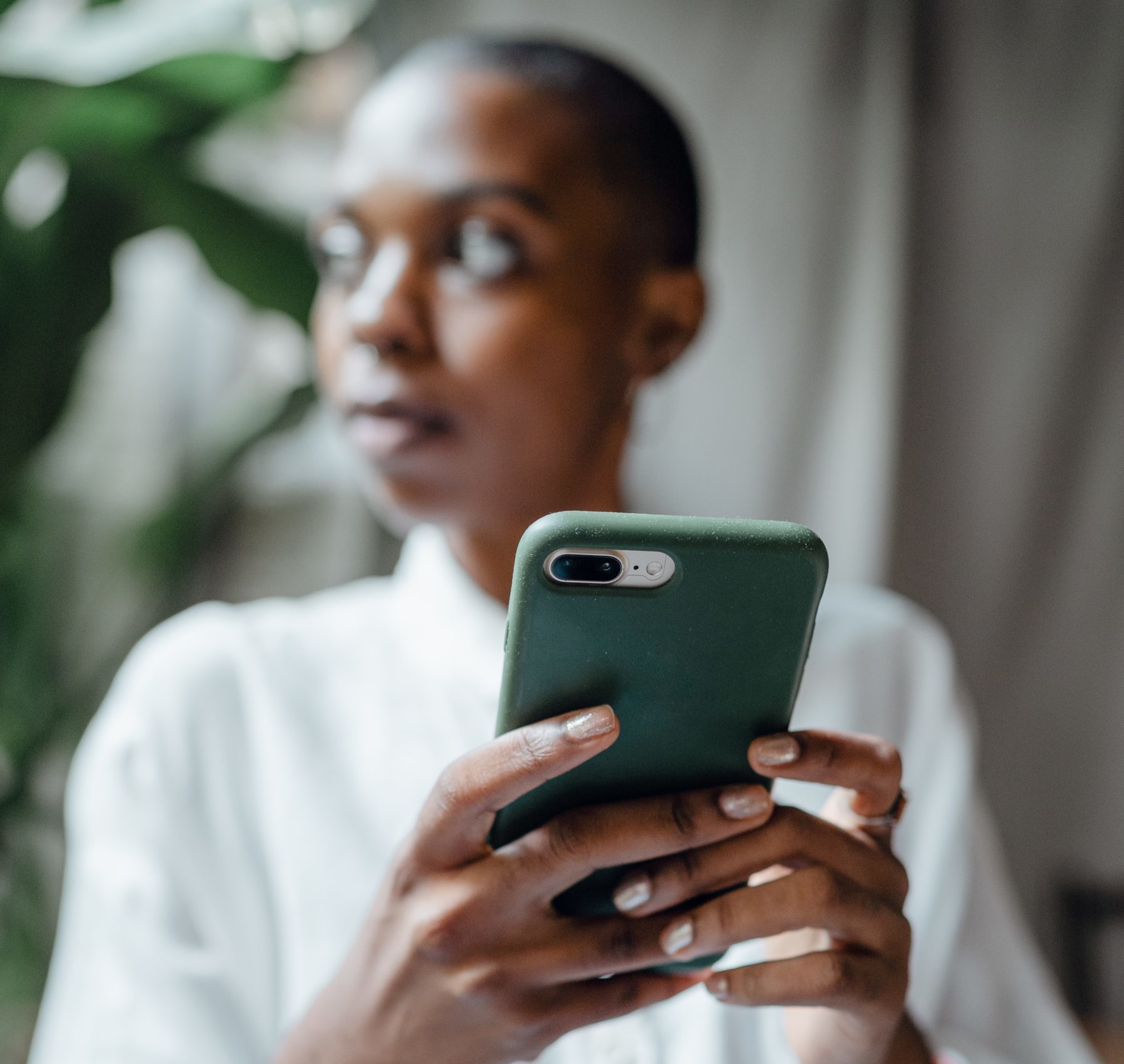The idea of rejection can send chills down your spine, especially if you’re the type who values acceptance. Rejection therapy is a social experiment and self-help trend that’s taking over social media. The remise of the trend is for you to face your fear of rejection head-on by intentionally asking for things that might get you a big “no.”
A lot of these so-called “rejection therapy” challenges are being shared online for likes, comments and validation. This pegs the question: is it truly rejection therapy if you’re posting it for clout or is it just another way to game the social media algorithm?
What Is Rejection Therapy?
Rejection therapy is a simple concept designed to help people build resilience to hearing “no.” The idea is to push yourself out of your comfort zone by making bold asks. For a lot of people, rejection therapy can feel like a powerful way to reclaim space and redefine confidence. The goal of rejection therapy is to normalize the fear of rejection so it no longer controls you.
When rejection therapy challenges are turned into online content, the dynamic changes. Instead of leaning into vulnerability, you might be playing into performativity.
Rejection vs. Validation
Social media thrives on curated moments. Whether it’s a perfectly styled #OOTD, a beauty transformation reel or even your “vulnerable” rejection therapy challenge, the platform rewards people for what’s likable. Posting your rejection challenges online can add a layer of performance anxiety, as you’re not just asking for a free pizza or a stranger’s number. Instead, you’re also hoping your followers approve of how “brave” or “authentic” you look.
True rejection therapy isn’t about validation. It’s about facing rejection in its raw, uncomfortable form. If your goal is to make rejection “content,” you might not be fully present for the lesson. Instead of focusing on how rejection makes you feel, you’re focused on how it will look to others.
The Clout Conundrum
The line between self-improvement and clout-chasing can get blurry. Social media has turned everything—friendships, relationships and personal growth—into content opportunities. Sharing your rejection therapy challenges might give you a dopamine hit, but it could also dilute the authenticity of the experience.
It’s worth noting that for Black women, who are often overlooked or misunderstood, posting rejection therapy online can be a way to reclaim visibility. Sharing these moments might feel like shouting, “Look at me! I’m here, I’m bold, and I’m unafraid,” and that’s valid. But, it’s important to check in with yourself about your motives: are you documenting your journey or performing it?
How to Keep Rejection Therapy Authentic
If you’re intrigued by rejection therapy, but want to make sure you’re doing it for the right reasons, here are a few tips:
- Start Offline: Before you grab your phone, try a few challenges privately. Notice how the experience makes you feel without the external feedback loop of likes or comments.
- Journal Your Journey: Instead of posting every challenge, write about them. Reflect on what you learned and how it made you feel.
- Ask Yourself Why: If you do choose to share your challenges, ask yourself: Am I sharing to inspire others, or am I looking for validation? Be honest.
- Keep It Real: If you’re posting your rejection therapy challenges, don’t over-curate them. Share the awkwardness, the failures, and the raw emotion, not just the wins.
At its core, rejection therapy is about you and your growth. It’s about proving to yourself that rejection isn’t the end of the world and that you have the resilience to keep shining, no matter what anyone says. Whether you choose to share your journey or keep it private, the most important thing is that you’re doing it for you.
